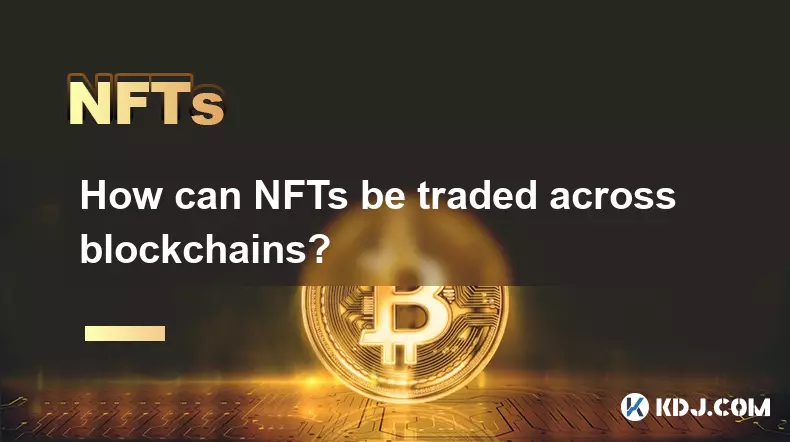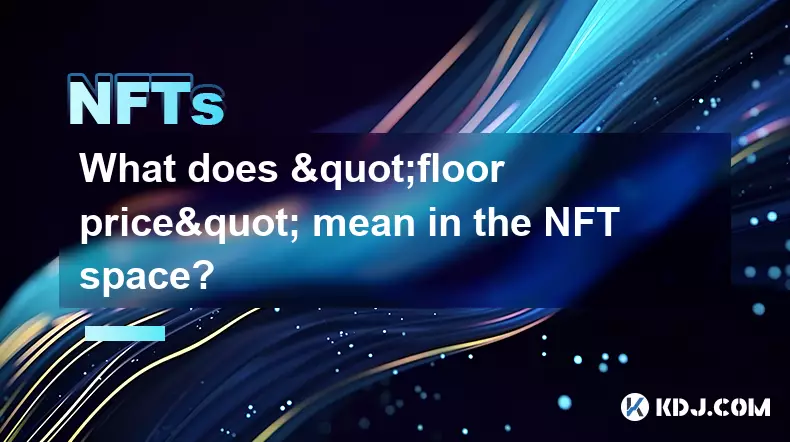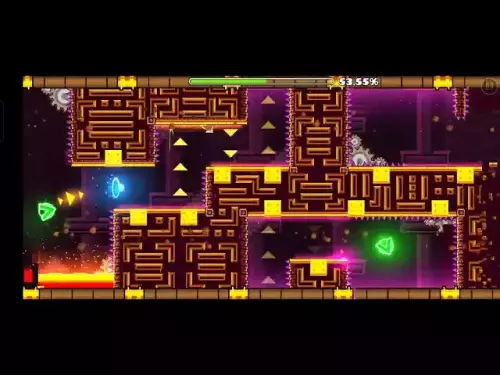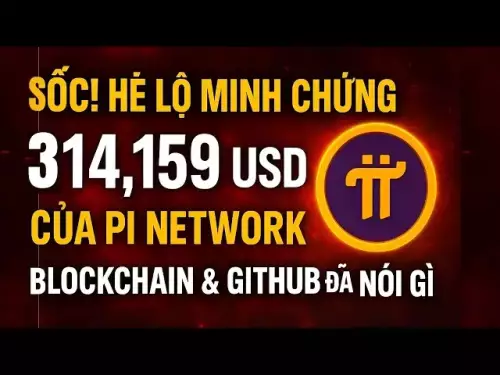-
 bitcoin
bitcoin $109547.008142 USD
0.04% -
 ethereum
ethereum $4011.838726 USD
-0.05% -
 tether
tether $1.000402 USD
-0.01% -
 xrp
xrp $2.798606 USD
0.88% -
 bnb
bnb $970.877944 USD
1.39% -
 solana
solana $202.237275 USD
-0.95% -
 usd-coin
usd-coin $0.999673 USD
0.00% -
 dogecoin
dogecoin $0.229294 USD
-1.15% -
 tron
tron $0.336370 USD
-0.45% -
 cardano
cardano $0.777260 USD
-1.66% -
 hyperliquid
hyperliquid $45.503019 USD
1.73% -
 ethena-usde
ethena-usde $1.000362 USD
0.01% -
 chainlink
chainlink $20.785303 USD
-1.10% -
 avalanche
avalanche $28.755822 USD
-0.11% -
 stellar
stellar $0.358303 USD
-0.48%
How much does it cost to create an NFT?
Creating an NFT involves costs like gas fees, storage, platform commissions, and often overlooked expenses such as marketing, legal compliance, and smart contract audits.
Sep 16, 2025 at 06:36 pm

Understanding the Core Expenses in NFT Creation
1. The initial cost of creating an NFT primarily revolves around minting fees, commonly referred to as gas fees on blockchain networks like Ethereum. These fees fluctuate based on network congestion and can range from a few dollars during low-traffic periods to over $100 during peak times. Artists and creators must account for this variability when budgeting for their digital assets.
2. Some platforms offer 'lazy minting,' where the NFT is created only when purchased, shifting the gas fee burden to the buyer. This model benefits creators with limited upfront capital but may deter buyers sensitive to high transaction costs at the point of sale.
3. Beyond gas fees, creators often overlook storage costs for the actual digital file linked to the NFT. Storing artwork or media on decentralized systems like IPFS or Arweave incurs separate charges. For example, permanent storage on Arweave can cost between $1 and $10 depending on file size, ensuring long-term accessibility without reliance on centralized servers.
4. Third-party marketplaces such as OpenSea, Rarible, or Mintable charge service fees ranging from 1% to 5% per transaction. While these platforms simplify the creation process, their convenience comes at a recurring cost that reduces overall profit margins for sellers.
Choosing the Right Blockchain Platform
1. Ethereum remains the most popular choice for NFTs due to its widespread adoption and integration with major wallets and exchanges. However, its high gas fees make it less accessible for emerging artists. Alternatives like Polygon, Solana, and Tezos offer significantly lower transaction costs—often under $0.01—making them attractive for cost-conscious creators.
2. Polygon operates as a Layer 2 solution over Ethereum, combining low fees with Ethereum’s security framework. Many NFT projects now deploy across both Ethereum and Polygon, allowing users to choose between higher visibility and lower costs.
3. Solana has gained traction for its speed and affordability, with average minting costs below $0.01. However, concerns about network outages and centralization raise questions about long-term reliability, especially for high-value collections.
4. Tezos emphasizes energy efficiency and low-cost transactions, appealing to environmentally conscious creators. Its proof-of-stake mechanism keeps minting fees minimal while supporting formal verification for smart contracts, enhancing security.
Hidden Costs and Additional Considerations
1. Marketing and promotion represent one of the most significant hidden expenses in launching an NFT project. Building community engagement through social media campaigns, influencer partnerships, and Discord moderation often requires dedicated budgets exceeding initial minting costs. Without visibility, even technically sound NFTs struggle to gain traction.
2. Legal compliance is another overlooked aspect. Ensuring intellectual property rights are properly assigned, avoiding trademark infringement, and adhering to regional regulations may require consultation with legal professionals, adding hundreds or thousands of dollars to the total expense.
3. Smart contract audits are essential for larger collections or utility-based NFTs. While not mandatory for individual creators, audited contracts reduce the risk of exploits and build trust among collectors. Reputable auditing firms typically charge between $5,000 and $15,000 depending on complexity.
4. Ongoing maintenance, including website hosting, metadata updates, and customer support, contributes to long-term operational costs. Projects offering redeemable physical items or membership benefits incur additional logistical expenses that scale with sales volume.
Frequently Asked Questions
What is the cheapest way to mint an NFT?The most affordable method involves using blockchains with near-zero gas fees, such as Solana or Polygon. Platforms like Holaplex or Metaplex enable free or sub-dollar minting on these networks, particularly when combined with lazy minting models that defer costs until sale.
Do I need to pay to create an NFT if it doesn’t sell?Yes, most standard minting processes require payment of gas fees regardless of whether the NFT sells. However, choosing a lazy minting platform allows creators to avoid upfront costs, as the buyer covers the minting fee upon purchase.
Can I change the image or attributes of an NFT after minting?Generally, no. Once an NFT is minted, its metadata is permanently recorded on the blockchain. Any modifications would require burning the original token and issuing a new one, which incurs additional transaction fees and may confuse collectors.
Are there recurring fees associated with owning an NFT?Ownership itself does not generate recurring fees, but transferring or selling an NFT always requires paying network transaction fees. Additionally, some platforms impose royalties on secondary sales, typically ranging from 5% to 10%, which are deducted from the seller’s proceeds.
Disclaimer:info@kdj.com
The information provided is not trading advice. kdj.com does not assume any responsibility for any investments made based on the information provided in this article. Cryptocurrencies are highly volatile and it is highly recommended that you invest with caution after thorough research!
If you believe that the content used on this website infringes your copyright, please contact us immediately (info@kdj.com) and we will delete it promptly.
- XRP, Bitcoin Price Predictions: Decoding the Crypto Crossroads
- 2025-09-28 08:25:12
- ChatGPT, Crypto, and Crystal Balls: Predictions for a Wild 2025
- 2025-09-28 08:45:12
- Crypto Clash: Can Kaspa and Pi Coin Compete in a Remittix World?
- 2025-09-28 08:45:12
- Riding the Floki Wave: Gauging Gains with Social Engagement and Bottom Signals
- 2025-09-28 08:25:12
- Crypto 2025: MoonBull Charges Ahead, Leaving Pepe and Mog in the Dust
- 2025-09-28 08:50:12
- Sui Price, Toncoin Developments, Remittix ICO: What's the Buzz?
- 2025-09-28 08:50:12
Related knowledge

How can I determine the authenticity of an NFT project?
Sep 23,2025 at 05:18pm
Understanding the Project Team and Their Background1. Research the identities of the team members behind the NFT project. Verified social media profil...

What's the difference between NFTs and traditional collectibles?
Sep 19,2025 at 12:55pm
Digital Ownership and Provenance1. NFTs are built on blockchain technology, which ensures transparent and immutable records of ownership. Every transa...

How can NFTs be traded across blockchains?
Sep 19,2025 at 12:00pm
Understanding Cross-Chain NFT Trading1. Non-fungible tokens (NFTs) are digital assets that represent ownership of unique items on a blockchain. Origin...

How is NFT rarity calculated?
Sep 18,2025 at 07:54pm
Understanding NFT Rarity Metrics1. NFT rarity is determined by analyzing the uniqueness of individual traits within a collection. Each NFT typically c...

What does "floor price" mean in the NFT space?
Sep 22,2025 at 06:36am
Floor Price: A Core Metric in the NFT Marketplace1. The term floor price refers to the lowest current asking price for any item within a specific NFT ...

How do NFTs help content creators?
Sep 18,2025 at 08:00am
NFTs Empower Creators with Ownership and Monetization1. NFTs provide content creators with verifiable ownership of their digital works, ensuring authe...

How can I determine the authenticity of an NFT project?
Sep 23,2025 at 05:18pm
Understanding the Project Team and Their Background1. Research the identities of the team members behind the NFT project. Verified social media profil...

What's the difference between NFTs and traditional collectibles?
Sep 19,2025 at 12:55pm
Digital Ownership and Provenance1. NFTs are built on blockchain technology, which ensures transparent and immutable records of ownership. Every transa...

How can NFTs be traded across blockchains?
Sep 19,2025 at 12:00pm
Understanding Cross-Chain NFT Trading1. Non-fungible tokens (NFTs) are digital assets that represent ownership of unique items on a blockchain. Origin...

How is NFT rarity calculated?
Sep 18,2025 at 07:54pm
Understanding NFT Rarity Metrics1. NFT rarity is determined by analyzing the uniqueness of individual traits within a collection. Each NFT typically c...

What does "floor price" mean in the NFT space?
Sep 22,2025 at 06:36am
Floor Price: A Core Metric in the NFT Marketplace1. The term floor price refers to the lowest current asking price for any item within a specific NFT ...

How do NFTs help content creators?
Sep 18,2025 at 08:00am
NFTs Empower Creators with Ownership and Monetization1. NFTs provide content creators with verifiable ownership of their digital works, ensuring authe...
See all articles










































































